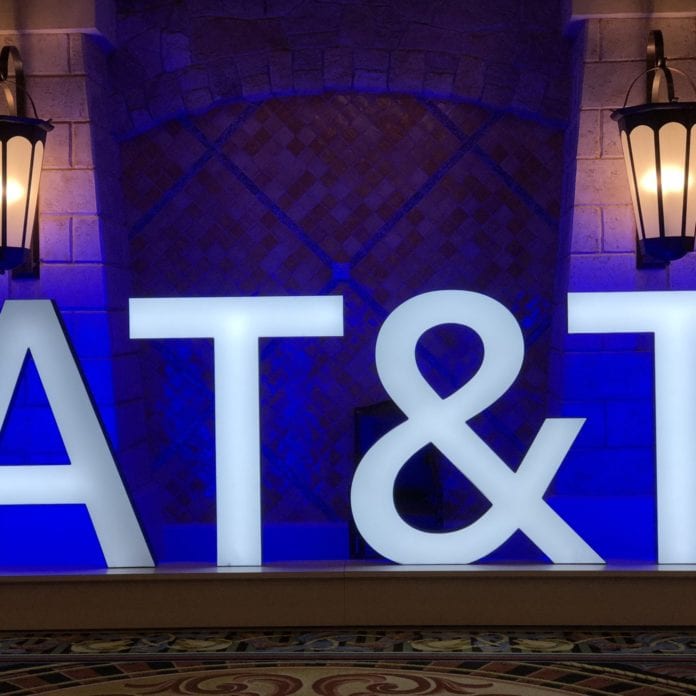John Stankey says AT&T will finish $6 billion cost-cutting plan this year, then move into cutting legacy infrastructure costs
Now that it’s well-past the divestiture of Warner Media and executing on a back-the-basics approach to wired and wireless networks, AT&T CEO John Stankey touted a “more focused business,” during a session this week at the JP Morgan Global Technology, Media and Communications Conference in Boston. “There’s more days where we come into work and we are calling the plays rather than the plays being called for us, which is a good thing.”
The CEO reiterated AT&T’s desire to “be a great communications company, take the asset base, get better returns off of it and start maturing our operations and our expertise…We are not done with that journey, but we are in a far better place.” Part of that operational maturation includes a $6 billion cost-reduction plan which he said would be completed over the course of this year. After that, “I think our next [multi-year] chapter is to move into some of the legacy infrastructure on the copper base and…start sunsetting, retiring a lot of those legacy products and services that we have.”
Discussing the outlook for 5G as a driver of new enterprise business, Stankey highlighted the importance of “how to take the private infrastructure and marry it…with the wide-area network, so that it works as soon as you leave the office park or you leave the building…You need that consistency. So I think you are going to start seeing that emerge and I think those kind of capabilities, over time, are the type of thing that having high-performance mobile computing and making sure your bandwidth and infrastructure is tuned to do that—it is going to be really important.”
On the wired side, AT&T is leaning into its fiber deployment which aims to pass 30 million customers by 2025. The company is also involved in a joint venture with BlackRock, called Gigapower, designed to provide fiber to ISPs and other businesses in parts of select metros via a commercial wholesale open access platform. Stankey said, referencing the 2025 homes passed goal, that “the big sensitive in the business case are rate of penetration—how fast you get customers on the network after you build it, the ARPU and in particular what the terminal ARPU is on the customer at a steady state, and then third, is the build costs.”
For rate of penetration in the first year after a build, he said it’s “twice as much as what we expected when we did the original business case.” He also noted “a little bit of pressure on build” costs, which falls into electronics and fiber and the actual civil construction.
In January of this year, AT&T CFO Pascal Desroches said that at the end of Q3 2022, there was fiber passing 18.5 million customer locations and 3.5 million business locations. He said at the time, “We really, really like fiber. We think when you look at the landscape and the consumption trends in the U.S., fiber is going to be the only technology that is acceptable.”
Putting that into the frame of a larger network strategy, AT&T CTO Jeremy Legg, talking with trade press at company headquarters in October 2022, laid out a two phase strategy. The first phase is expanding the fiber and wireless network, and the second phase is deploying a “multi-service edge” and distributed Standalone 5G cores.

